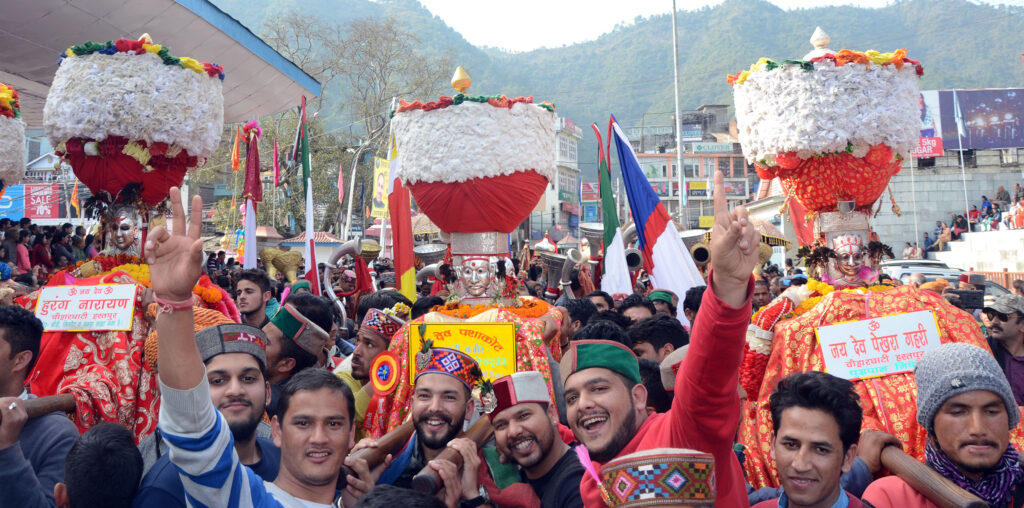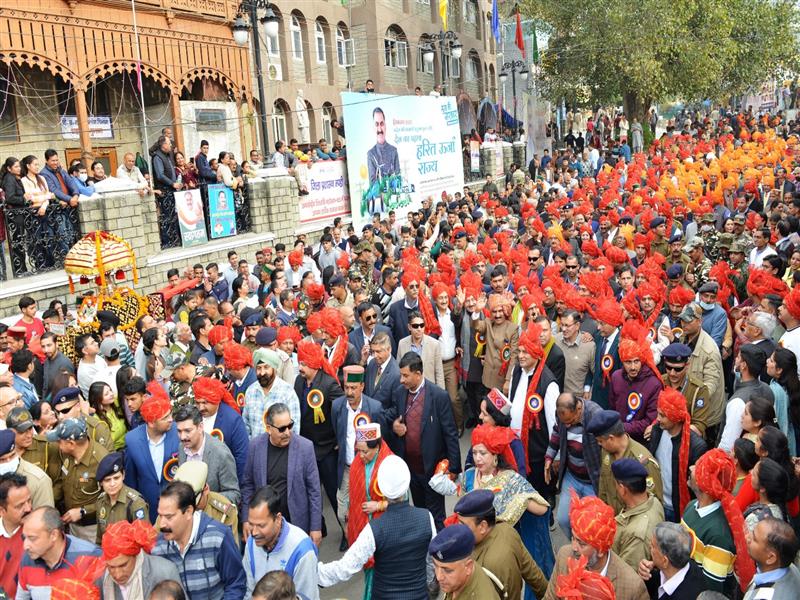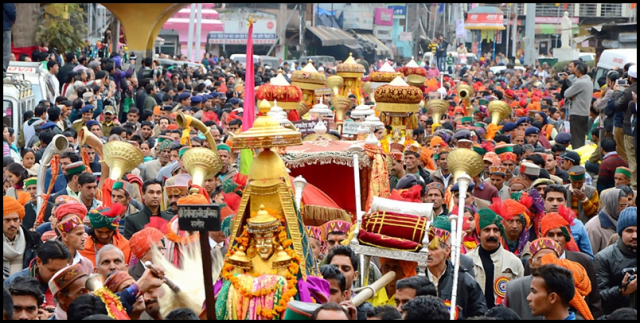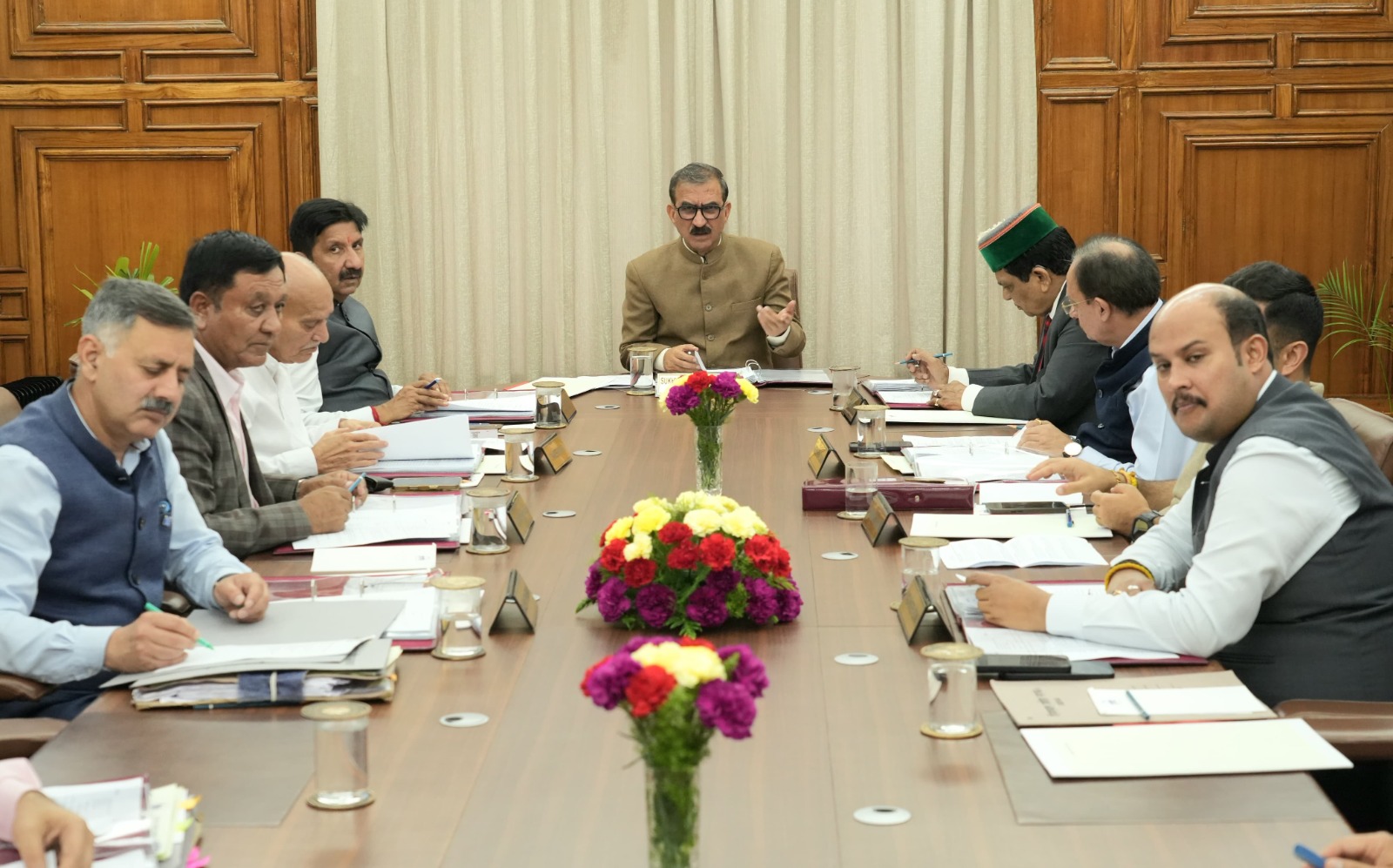Mandi Shivratri is one of the most vibrant and culturally rich festivals celebrated in Himachal Pradesh. Held annually in the town of Mandi, often referred to as the “Chhoti Kashi” of the north, this week-long festival pays homage to Lord Shiva and showcases the deep-rooted traditions, devotion, and regal heritage of the region. Unlike the common one-day celebration of Maha Shivratri across India, the festival in Mandi spans over seven days and attracts hundreds of deities and thousands of devotees from across the state.
Historical significance and royal origins
Mandi Shivratri has a royal history dating back to the 17th century. The tradition began under the rule of Raja Ajbar Sen, the founder of Mandi town. However, the celebration in its present form was institutionalized by Raja Suraj Sen in the 18th century, who declared Lord Madho Rai (a manifestation of Lord Vishnu) as the eternal king of Mandi. As a result, the earthly king of Mandi would govern the state in the name of the deity.
Even though the festival honors Lord Shiva, it begins with a ceremonial procession where Lord Madho Rai is carried in a beautifully decorated palanquin, symbolizing his role as the presiding king. This confluence of Vaishnav and Shaivite traditions makes Mandi Shivratri unique in character.

The gathering of the gods
One of the most captivating aspects of Mandi Shivratri is the arrival of over 200 local deities (referred to as devtas) from various valleys and regions of Himachal Pradesh. These deities are carried in ornately decorated palanquins by their devotees, accompanied by traditional music and rituals. The deities gather at the historic Paddal ground, transforming the venue into a divine court known as the “Dev Sabha” or “Assembly of Gods.”
This gathering not only reflects the living traditions of Himachal’s hill deities but also reinforces the community’s bond with their divine guardians. The deities stay throughout the week, participating in rituals, cultural programs, and symbolic processions.
Religious rituals and celebrations
The spiritual essence of Mandi Shivratri is marked by special pujas, havans, and night-long bhajans in various temples, especially the Bhootnath Temple dedicated to Lord Shiva, located in the heart of Mandi town. Devotees from different parts of the state and country arrive to offer prayers and seek blessings during this sacred time.
Each day of the festival includes a structured sequence of religious ceremonies, starting with the welcoming of the deities, their formal visits to the royal palace, and concluding with their processions around the town. The festival culminates with the “Zaleb,” a farewell procession in which the deities return to their original shrines.
Cultural vibrancy and traditional heritage
Beyond its religious significance, Mandi Shivratri is a grand cultural carnival. The festival showcases Himachali folk music, dance, and traditional art forms. Local artists and cultural troupes perform in the evenings at the main stage in Paddal Ground, providing a platform for preserving and promoting Himachali heritage.
Stalls selling handicrafts, local food, woollen clothes, and religious items add a fair-like charm to the festival. For visitors, it’s an opportunity to experience the local lifestyle, cuisine, and crafts firsthand.

Modern-day importance and tourism appeal
In recent years, the Himachal Pradesh government has promoted Mandi Shivratri as an international-level event to attract more tourists. The festival not only boosts religious tourism but also helps local artisans, traders, and small businesses.
Due to its unique features, Mandi Shivratri has been recognized by various cultural organizations and has received coverage from national and international media. The event is also significant for reinforcing the cultural identity of Himachal Pradesh and encouraging younger generations to remain connected with their traditions.
Security, planning, and community participation
The administration plays a key role in managing the large influx of devotees and tourists. Arrangements for security, accommodation, transportation, and sanitation are carefully planned in coordination with local authorities. Community participation is high, with volunteers, temple committees, and local residents coming together to ensure a smooth and sacred environment during the festival.
Mandi Shivratri is not just a festival; it is a living tradition that reflects the deep spiritual ethos, cultural richness, and royal legacy of Himachal Pradesh. It offers a rare glimpse into a world where devotion meets tradition, and gods walk alongside their devotees in a celebration of harmony and heritage.





